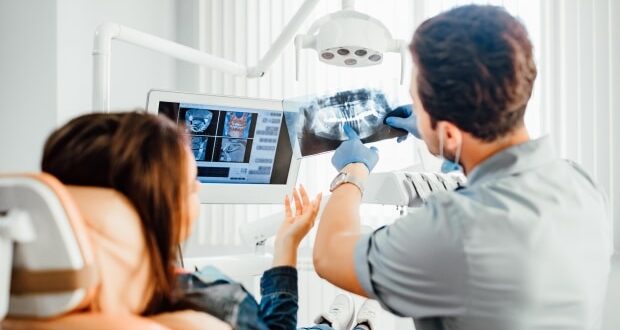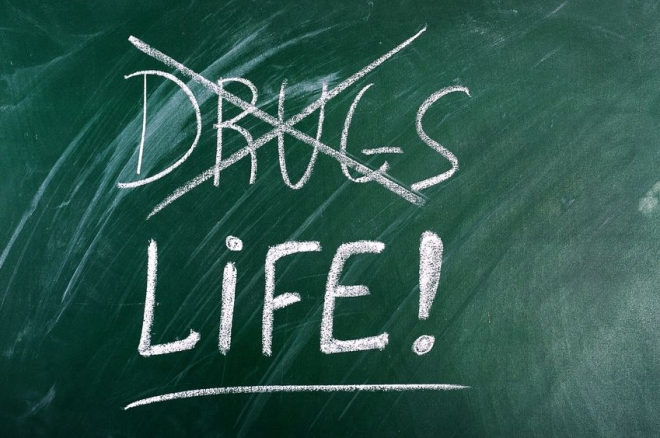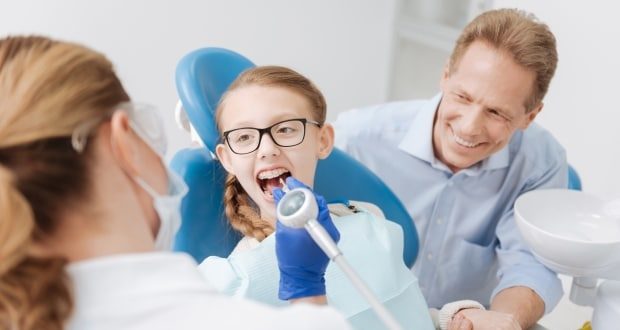How Technology Is Changing The Face Of Dentistry
Technology has been revolutionizing the healthcare industry, and dentistry is no exception. Technological advancements have made dental treatments more effective, efficient, and comfortable. From diagnostics to treatment plans, technology is changing dentistry’s face today in several ways.
This article will explore how technology is changing the face of dentistry and making a difference.
1. Digital Imaging
Digital imaging is one of the most significant advances in dentistry. This technology allows for accurate and detailed images of the teeth and gums to be taken quickly and easily.
This makes diagnoses faster, more accurate, and easier to monitor. Digital X-rays also emit less radiation than traditional forms of imaging, making them a much safer option for patients.
2. 3D Printing
3D printing revolutionizes dental prosthetics such as crowns, bridges, veneers, and orthodontic appliances. These dental prosthetics can be created quickly and accurately using 3D printing technology.
In addition to the speedier fabrication of these devices, it offers more aesthetic options than ever due to its ability to create custom designs tailored to the individual.
3. CAD/CAM Technology
Computer-aided design and computer-aided manufacturing (CAD/CAM) technology have become increasingly popular in dental practices due to their accuracy and efficiency. This technology allows dentists to quickly create digital models of a patient’s teeth.
It can be used to fabricate custom restorations such as crowns, bridges, and veneers in one appointment. This means less time spent in the chair for patients and more efficient procedures for dentists.
4. Intraoral Cameras
Intraoral cameras are small handheld devices that take detailed images of the insides of a patient’s mouth and teeth. This technology allows dentists to get a more accurate view of the teeth and gums.
It also helps patients better understand their condition as they can see precisely what their dentist sees on the screen while in the chair.
5. Laser Dentistry
Battledental.com says laser dentistry is an advanced form of dental care that uses lasers to perform a variety of procedures. This includes cavity preparation, gum reshaping, and tooth whitening.
This technology is incredibly precise and minimally invasive, which makes it a much safer option than traditional treatments. In addition, laser dentistry often requires less anesthesia or sedation than traditional forms of treatment.
6. Dental Robotics
Dental robotics is a relatively new technology becoming increasingly popular in the dental industry. This technology allows for more precise and efficient procedures, as robots can accurately carry out several tasks.
They can be used for everything from tooth preparation to implant placement, making them incredibly useful in complex cases where accuracy is key.
7. Digital Impression Systems
Digital impression systems are becoming increasingly popular due to their speed and accuracy when taking impressions of teeth. Instead of traditional putty-based impressions, which often require multiple appointments, digital impression systems allow dentists to take an accurate digital scan of the teeth in one appointment.
8. Virtual Reality
Virtual reality technologies allow dentists to provide a more interactive and immersive patient experience. Through virtual reality goggles, dentists can provide detailed visuals of what is happening in the mouth during procedures, making patients more informed about their treatment plans.
9. Electric Handpieces
Electric handpieces are becoming increasingly popular due to their accuracy and adjustable speed settings. This technology allows dentists to perform delicate procedures with increased precision as they can slow down or speed up the procedure depending on what’s needed. This provides a better experience for the dentist and the patient.
10. Wearable Technology
Dentists use wearable technology such as fitness trackers and smartwatches to monitor oral health data such as brushing habits and saliva pH levels. This data can then provide personalized recommendations to improve oral health.
Wearable technology is also being used to measure heart rate and respiration during dental procedures to monitor the patient’s stress level.
Conclusion
These are just some of the advanced technologies that dentists use to improve the patient experience and provide more precise and efficient treatments. From intraoral cameras to digital impression systems, these technologies are helping to revolutionize the field of dentistry.
Dental care forms a big part of your oral hygiene. Here are five ways to get over the fear of the dentist.






